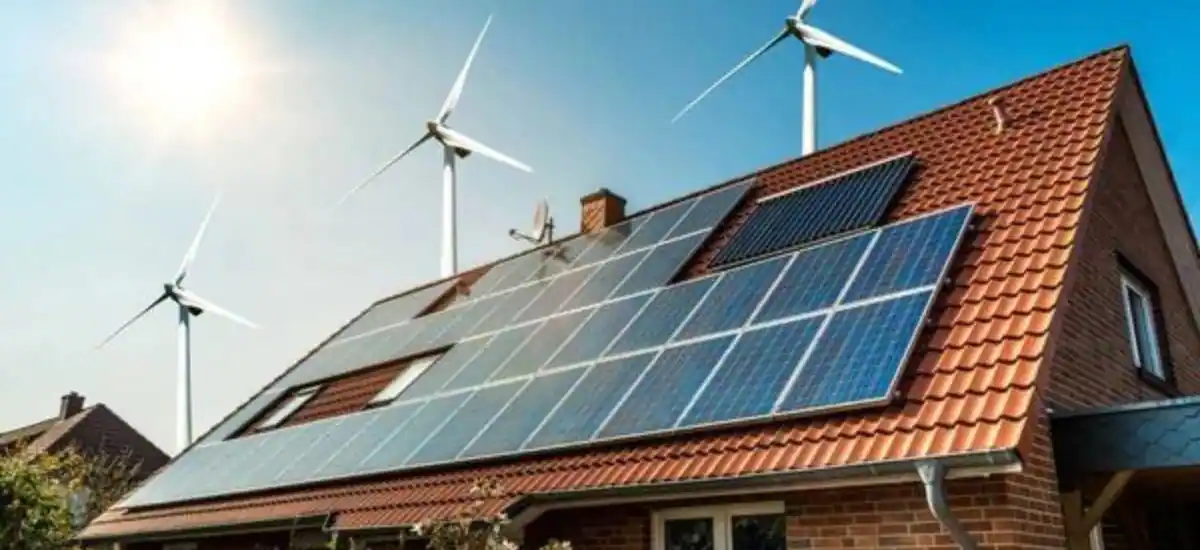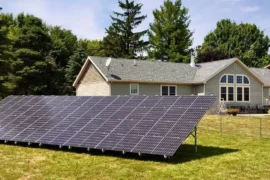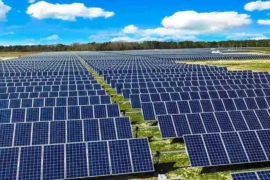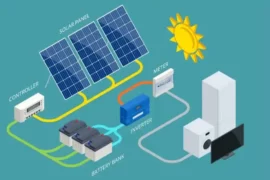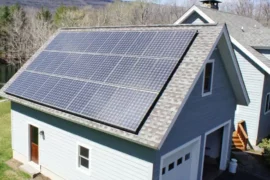What Is Solar Energy?
Solar energy has the potential to power our entire planet. You may wonder how. Active and passive solar energy capture the sun’s massive power and convert it into usable forms. Solar energy eliminates the need for nonrenewable resources such as coal and oil. But what exactly are active and passive solar energies, and how do they function?
What Is Active Solar Energy?
If you want to know what is active solar energy? The answer is here. In its most basic form, solar energy is when we harness the sun’s energy and convert it into usable electricity for homes, businesses, and other purposes. The sun is a massive source of energy. It generates and emits energy in photons, which can be collected using solar panels.
Active solar heating systems use solar energy to heat a fluid (either liquid or air), transfer it to the interior space, or store it for later use. If the solar system cannot provide adequate space heating, an auxiliary or backup system is used.
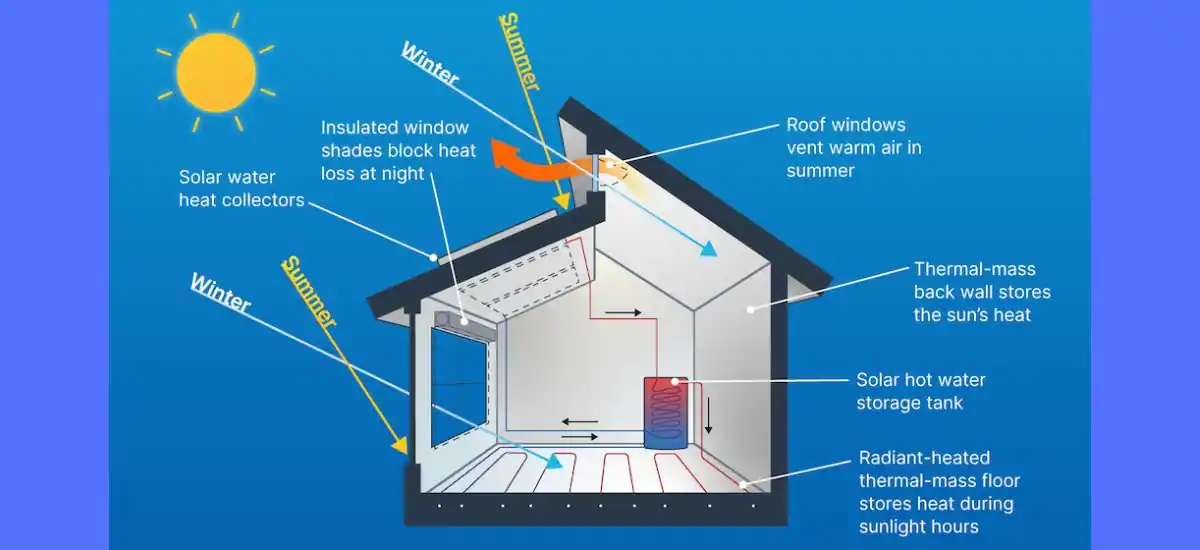
Advantages Of Active Solar Energy
Did you know that the energy provided by the sun to the earth for one hour could meet the world’s energy needs for a year? The sun is a powerful energy source, and while we can only collect a fraction of it, harnessing this power by installing solar panels can make a significant difference to the planet.
Let’s discuss some of the advantages of active solar energy.
- Renewable source of energy
- Reduces electricity
- Diverse applications that can generate electricity
- Technology in solar energy is evolving constantly
- Low maintenance costs
Disadvantages Of Active Solar Energy
Just like we had discussed what is solar energy, now we should look into what is so special about active solar energy’s advantages and disadvantages.
Previously we have learnt about the advantages of active solar energy. Similarly, it is time to talk about the disadvantages of active solar energy. Here we go-
- Cost of the initial cost of purchasing a solar system is high
- Solar energy can still be collected during rainy and cloudy weather
- The storage for solar energy is expensive
- Active solar energy uses a lot of space
- Transportation and installation of solar systems have been associated with the emission of greenhouse gases
There are pros and cons for everything in this world, but if this content sparks your interest, you can find the best solar panels for your home. Everything from roof sustainability, solar panel type, cost of the products, how to save with solar panels, maintenance, and support all are highly monitored with able hands.
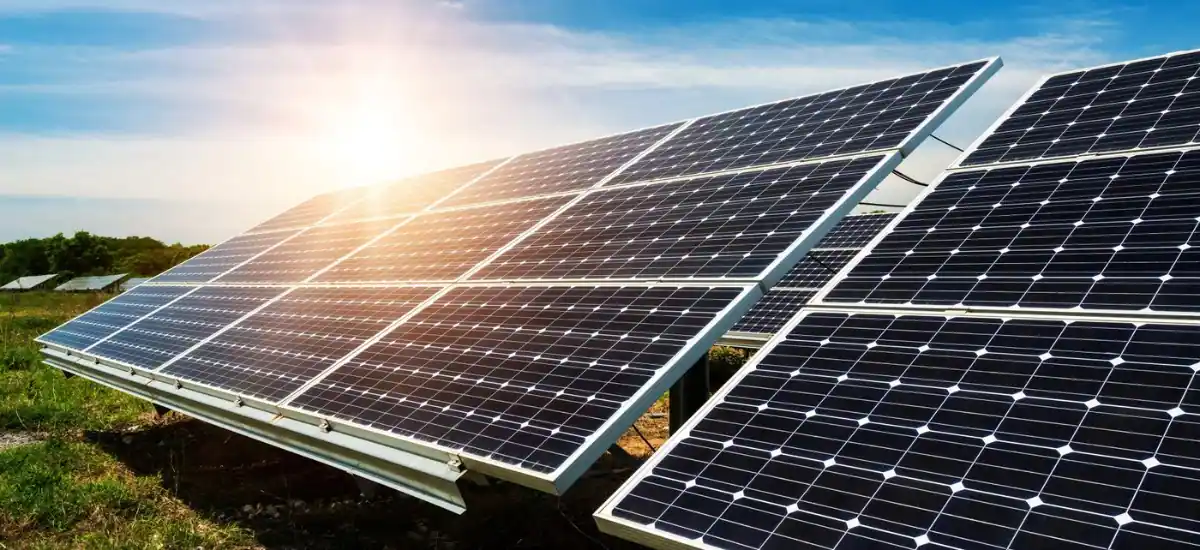
What Is Passive Solar Energy?
- Passive solar panels are heavily reliant on your home’s design, construction, and construction
- Passive energy systems use the sun’s energy to heat and cool their systems
- Passive solar systems do not require any external devices to function
- They convert rays into the sunlight using passive collectors
- The passive collectors use thermodynamic laws to transfer warmer to cooler surfaces
- A passive solar system’s overall success is determined by its overall orientation and the thermal mass of its walls
- If you are looking to power a small business or setup, investing in passive solar systems is an intriguing idea
- Passive solar systems are unaffected by any external devices
Advantages Of Passive Solar Energy
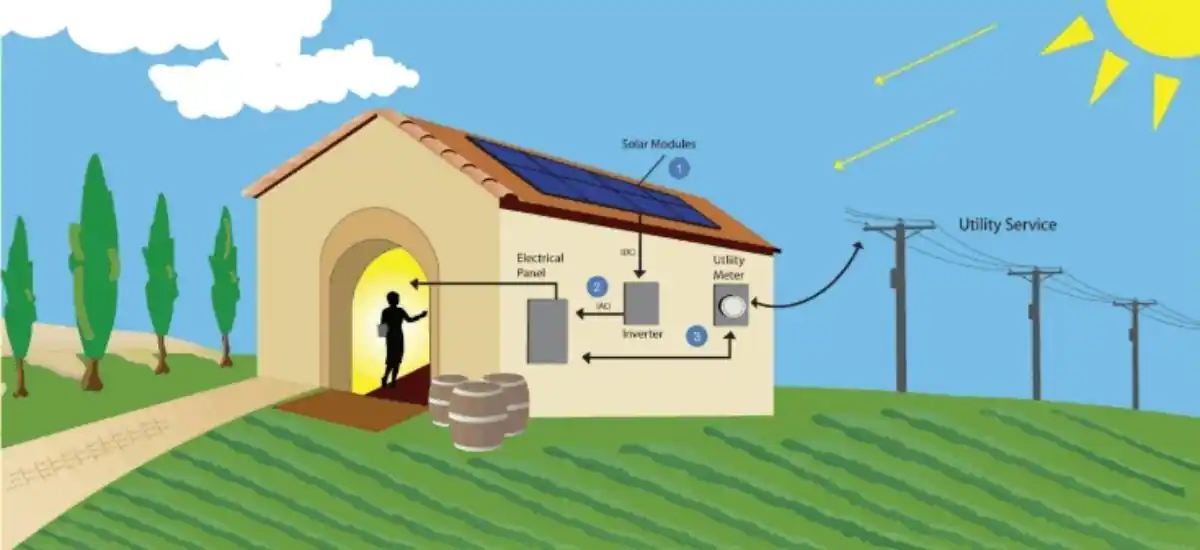
Most people envision rooftop solar panels when they think of solar panels. True, photovoltaic is the most well-known and possibly the most versatile type of solar energy you can have in your home. Have you ever gone outside on a cold day to warm up in the sunlight?
Maybe you do the same thing when you are cold in a restaurant.
This is the same as passive solar heating but on a larger scale of heating your home. Passive solar heating allows you to warm your living spaces with sunlight by strategically placing windows in your home. Here is a list of advantages of passive solar energy that all should know-
- Saves cash & reduces your energy bill costs
- Enjoy a superb & efficient system
- Promotes renewable energy
- Relaxing in tranquil silence & incorporates passive solar heating
- Conserve with glass conservatories
Disadvantages Of Passive Solar Energy
Many homeowners are turning to the sun for electricity and heat as they look for new sources of energy. Passive solar power involves using the sun’s natural light and heat to warm your home and can help you save money on heating while also lowering your family’s carbon footprint. However, passive solar heating is not suitable for every home or situation, and there are some drawbacks to relying on the sun to heat your home.
Here are the reasons behind the disadvantages of passive solar energy:-
- Reliability is one of the major drawbacks of passive solar energy
- The location of a country might not be correct to receive enough sustained sunlight
- Expensive cost of passive solar installations
- The bad design of passive solar heating is simple but using it effectively can precisely configure the parts of your home
What Does Active Solar Heating Use?
Active heating uses sunlight to supplement heating systems, either as heat or electricity, whereas passive heating uses heat from the sun as it enters your home through windows, roofs, and walls to heat objects in your home.
New homes no longer require a boiler or solar panels on their roof to heat up.
Passive solar heating enables homeowners to capture, absorb, and distribute solar energy directly through their windows. Homeowners can keep their homes comfortable 24 hours a day, seven days a week, using materials that retain heat during the day and disperse it at night.
This method is known as passive solar energy systems and heating because it does not require solar panels or technology to function–only sunlight.
Comparison Chart Between Active And Passive Solar Heating
| Basis Of Diff | Active solar heating | Passive Solar heating |
| Operation | Pumps and blowers are required to circulate the working fluid of the heat | This system can operate without pumps, blowers, mechanical devices |
| Design | Special building design is not a must | Special building design is needed |
| Cost | It is more expensive than the passive system in terms of operation and constructs | It is less expensive than the active system to operate and construct |
| Storage | Solar energy may be stored by elements of the structure itself | Solar radiations are collected by various elements of the building |
| Process | Active heating takes sunlight to augment heating systems | Passive heating takes heat from the sun to heat objects in your home |
How To Harness Solar Energy At Home?
There are 4 ways in which you can know how to harness solar energy at home–
- Modules for photovoltaic
- Solar Thermal
- Biofuels (Natural Photosynthesis)
- Artificial Photosynthesis Photovoltaic (PV) modules, also known as solar panels, are the most common solar power harvesting technology
Frequently Asked Questions
Q1. Examples Of Active Solar Energy
Ans1. Solar Water heaters, Photovoltaic cells, and concentrated solar power are considered to produce thermal power and are examples of active solar energy.
Q2. Where Is Active Solar Energy Most Used?
Ans2. Solar energy is growing in popularity around the world and is becoming an increasingly important part of many countries’ energy mix. We looked at several reports to see which countries use the most solar energy and which regions of the world have the most solar production capacity.
Q3. What Is An Example Of Passive Solar Energy?
Ans3.
- Walls that are thick and insulated
- They keep the house cool in the summer and prevent heat output in the winter
- Externally ventilated ceilings
- Roofs are subjected to a great deal of radiation during the summer
- This heat dissipates if they have cross-ventilation
- It functions similarly to a passive solar cooling system
Q4. What Is The Difference Between Energy Efficiency And Energy Conservation Quizlet?
Ans4. Energy conservation is the process of reducing energy use and waste to save energy. Energy efficient
Conclusion
It is time to make the transition to solar energy today!
Has this sparked your interest in solar energy? If you want to find one of the best deals simply fill in the contact form and wait for the professional experts to respond to you back. The service is free and non-binding. Find the best solar panels for your home.
Get the quotes before you install.
Read More:

